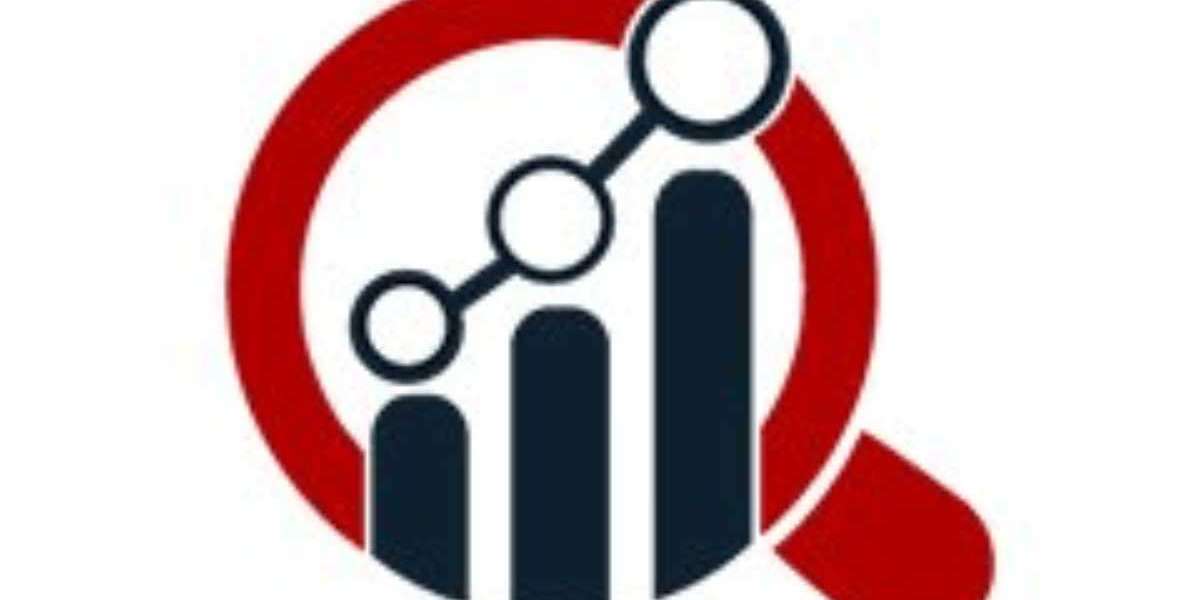The antimony market plays a crucial role in various industrial sectors due to the metal's unique properties, such as flame resistance, hardness, and durability. As industries shift toward sustainable materials and energy efficiency, the demand for antimony—especially in flame retardants and battery technologies—is experiencing notable growth. Amid tightening supply and evolving regulations, the market is poised for dynamic changes in the coming years.
Market Overview
The antimony market size was valued at USD 2.04 billion in 2023. The antimony industry is projected to grow from USD 2.19 Billion in 2024 to USD 3.64 billion by 2032, exhibiting a compound annual growth rate (CAGR) of 7.50% during the forecast period (2024 - 2032).
Key Applications
Flame Retardants:
The largest application segment for antimony is in flame retardants, particularly antimony trioxide. It is commonly used in plastics, textiles, electronics, and building materials to reduce flammability and meet fire safety standards.Lead-Acid Batteries:
Antimony strengthens the lead in lead-acid batteries, making it vital for energy storage systems, especially in automotive, renewable energy, and industrial backup power applications.Alloys and Semiconductors:
When alloyed with other metals, antimony improves hardness and mechanical strength. It is also used in semiconductor devices, infrared detectors, and diodes, making it important for electronic applications.Glass and Ceramics:
In this sector, antimony acts as a refining agent, removing bubbles and impurities from glass. It is also used in the production of pigments and enamels.
Key players in the antimony companies are AMG, Mandalay Resources, GeoProMining, Ltd., Korea Zinc, Nihon Seiko Co. Ltd., Umicore, Hunan Chenzhou Mining Group Co. Ltd., Belmont Metals, American Elements, Tri-Star Resources PLC, Amspec Chemical Corporation, Lanxess, and Cambrian Mining Ltd.
Market Drivers
Energy Storage Demand:
The growth in renewable energy infrastructure and electric vehicle (EV) adoption has significantly increased the demand for efficient, reliable energy storage solutions. Antimony's role in battery technology places it at the center of this energy transition.Fire Safety Regulations:
Stringent fire safety regulations in building and transportation industries have led to a higher uptake of flame retardant materials, further driving antimony consumption.Defense and Aerospace Growth:
Antimony's use in specialty alloys and military-grade ammunition has led to increased demand from the defense sector.
Regional Insights
The Asia-Pacific region holds the largest share of the antimony market, driven by industrial expansion, urbanization, and strong demand from end-user industries. Countries in this region are also major producers and refiners of antimony, which influences supply dynamics.
North America and Europe follow, supported by regulatory standards on fire safety and investments in battery research and development. These regions are also working to diversify supply chains due to concerns about overreliance on imports.
Challenges and Constraints
Supply Chain Disruptions:
The antimony supply chain is concentrated, and disruptions can lead to volatility in availability and pricing. Export restrictions, environmental regulations, and geopolitical tensions contribute to uncertain supply conditions.Environmental and Health Regulations:
Regulatory authorities in some regions have raised concerns over the health and environmental impacts of antimony compounds. These concerns may lead to restrictions on use, especially in consumer products, and may drive the search for safer alternatives.Recycling Limitations:
While antimony is recyclable, the infrastructure for efficient recovery remains limited in many parts of the world. Expanding recycling systems could improve supply sustainability.
The future of the antimony market looks promising due to its strategic role in both mature and emerging industries. The rising demand for flame retardants, batteries, and advanced materials ensures continued market relevance. However, the market's growth will also depend on the development of diversified supply sources, technological innovations in recycling, and adaptation to evolving regulatory frameworks.
About Market Research Future:
At Market Research Future (MRFR), we enable our customers to unravel the complexity of various industries through our Cooked Research Report (CRR), Half-Cooked Research Reports (HCRR), Consulting Services. MRFR team have supreme objective to provide the optimum quality market research and intelligence services to our clients.
Contact us:
Market Research Future (part of Wantstats Research and Media Private Limited),
99 Hudson Street, 5Th Floor,
New York, New York 10013
United States of America
+1 628 258 0071
Email: sales@marketresearchfuture.com
Website: https://www.marketresearchfuture.com








